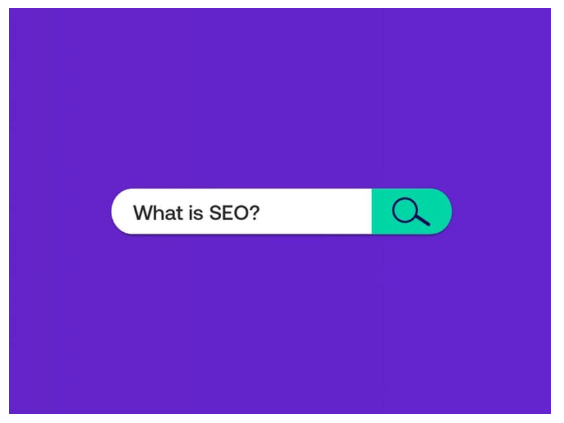SEO is not just a concept – it’s a daily practice that requires time and action. The end goal is long-term success. Bill Gates predicted that content is king in 1996. Today, content is king, and Google users are satisfied when search results best meet their needs. That’s why SEO works. Here’s how to optimise your website for maximum success. Let’s start with a list of the most important SEO practices. To learn more visit themarketingagency.ca.
Search Engine Optimization
By utilising search engine optimization, your website can reach more qualified prospects and generate more sales. Every day, billions of searches are made online. These searches are often high-intent. People are looking for specific products and services, which means that their search terms have a commercial intent. This means that if you have high-quality content on your website, you can get more traffic to your site. Here are some of the most common strategies for optimising your website for search engines.
First, it’s important to have a clear idea of your target audience. SEO aims to get your website to the top of search engines’ results pages. It helps you understand your target audience, their interests, and needs. By understanding your target audience, you’ll be able to develop a website that appeals to their interests. You can also learn how to improve your website’s rankings by utilising search engine marketing strategies.
Keywords
Before you choose keywords for SEO, you should take into consideration your user’s intent. Are they looking for information, or are they looking for a sale? Google will give more weight to a search that satisfies the intent of its users. Google understands the difference between user intent and what they actually search for, so it’s crucial to satisfy both. Listed below are some tips to help you choose keywords for SEO.
Branded: Branded keywords contain the brand name, including misspellings and typo variations. Walmart, for instance, can use the word “walmart.” La Croix, meanwhile, uses the term “la croy” to attract customers from non-English speaking countries. These are known as long-tail keywords, and their lower competition makes them more effective. Long-tail keywords are less competitive, but have higher search volume.
Page Structure
If you want your website to be ranked high in Google, you need to have a page structure that will make it easy for Google to crawl and index your site. It’s important to keep in mind that Google uses complex algorithms to crawl your website. A good page structure will make this process easy for Google bots, as well as your visitors. You can think of page structure as a map of your website’s hierarchy. Adding heading tags to each page will help with SEO.
One mistake that many webmasters make is using a content silo structure. A good structure will include internal linking, which shows Google how each page relates to each other and boosts the ranking of your pages. Internal linking also helps your users navigate your website. If they go to a menu item on your homepage, they’ll know that clicking that link will take them to another level of the website. This allows Google to serve up relevant content based on the intent of a user’s search.
Structured Data
When it comes to SEO, structured data is an essential part of your website. Not only will structured data help your website rank higher, but it will also stand out among the many millions of websites online. Google struggles to understand structured data and is not able to display it correctly. If the data is not properly formatted, you can experience both a drop in ranking and incorrect snippet information in search results. To find out if structured data is working for your website, simply search for a specific term in Google.
In addition to being a powerful SEO tool, structured data can also be used to improve non-SERP features, such as the “how-to” feature. This feature displays the content of the page, including images, text, and videos. Although individual steps are not hyperlinked, searchers can click on the result to view the complete list. Some how-to results show up in an accordion layout. Others appear as a rich result carousel, depending on the content.
Authority
If you’re interested in improving your website’s SEO, you’ve probably heard of the concept of authority in SEO. But what is it, and how does it work? Search engines use different methods to measure authority, so it’s important to understand how it works. In this article, we’ll discuss some of the types of authority and how you can increase yours. For starters, we’ll discuss the concept of PageRank, which was named after Larry Page.
The DA of your website is a metric that Google uses to determine how likely it is to appear in SERPs. It’s a grade from 0 to 100 that measures how well your website is doing in terms of search engine visibility. A high DA indicates that you’re likely to rank high in search results, but it doesn’t necessarily mean your site will be the best one. Check competitors’ DA to get a good idea of how well your site is doing.












